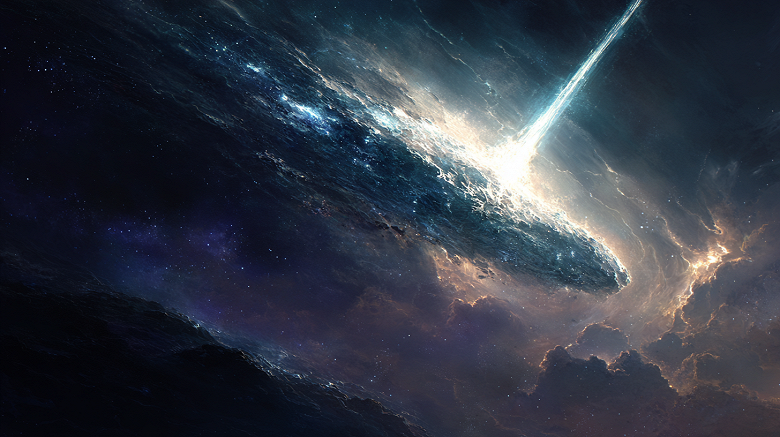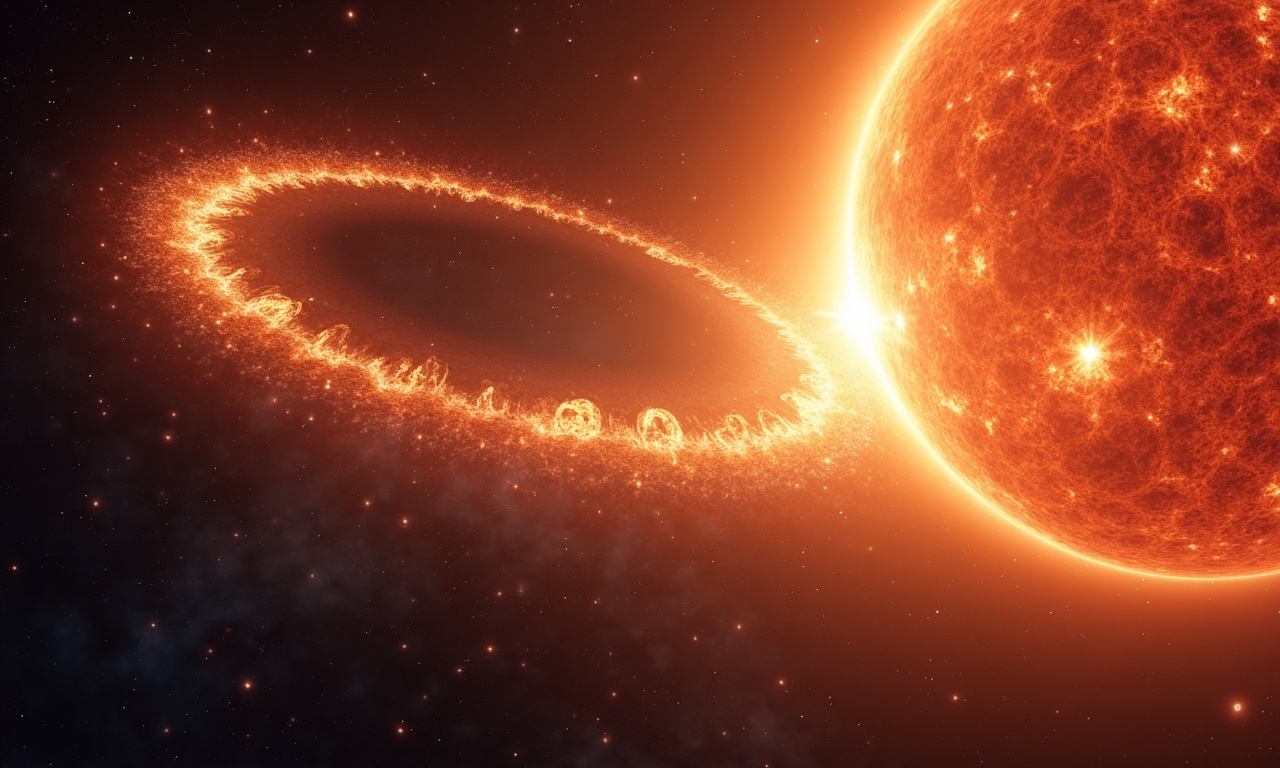
Comet Fragmentation: A Deeper Dive
Rumors of the interstellar comet 3I/ATLAS fragmenting have been circulating, but such claims are false, as stated by the Laboratory of Solar Astronomy IKI and ISZF.
Recent analyses affirm that the observed fragmentation pertains to a different object sharing a similar name – comet C/2025 K1 (ATLAS). Recent observations from November 12-13 showcase that the disintegration of the core led to the formation of at least three significant fragments, with more minor pieces visible upon closer inspection. Earlier, the core of comet C/2025 R2 SWAN, and later another discovered by Gennady Borisov, C/2025 V1, disintegrated as well.

Surviving the Solar Onslaught
Meanwhile, 3I/ATLAS displays abnormal sturdiness. This interstellar entity not only survived close encounters but also withstood several direct hits from solar plasma. Renowned Israeli-American theoretical physicist Avi Loeb, leading the Institute for Theory and Computation at the Center for Astrophysics, supports his artificial origin hypotheses using this exceptional durability as evidence.
Yet, the Sun remains relentless. Today, 3I/ATLAS is expected to face a new plasma ejection stemming from a massive flare that occurred on October 17.
Global Effort in Cosmic Observation
The U.S. National Aeronautics and Space Administration has announced a unique observational campaign for interstellar comet 3I/ATLAS, involving more than ten spacecraft. Such observations are crucial in studying interstellar phenomena, allowing scientists to gather comprehensive data and understand these mysterious cosmic visitors’ characteristics and origins.








